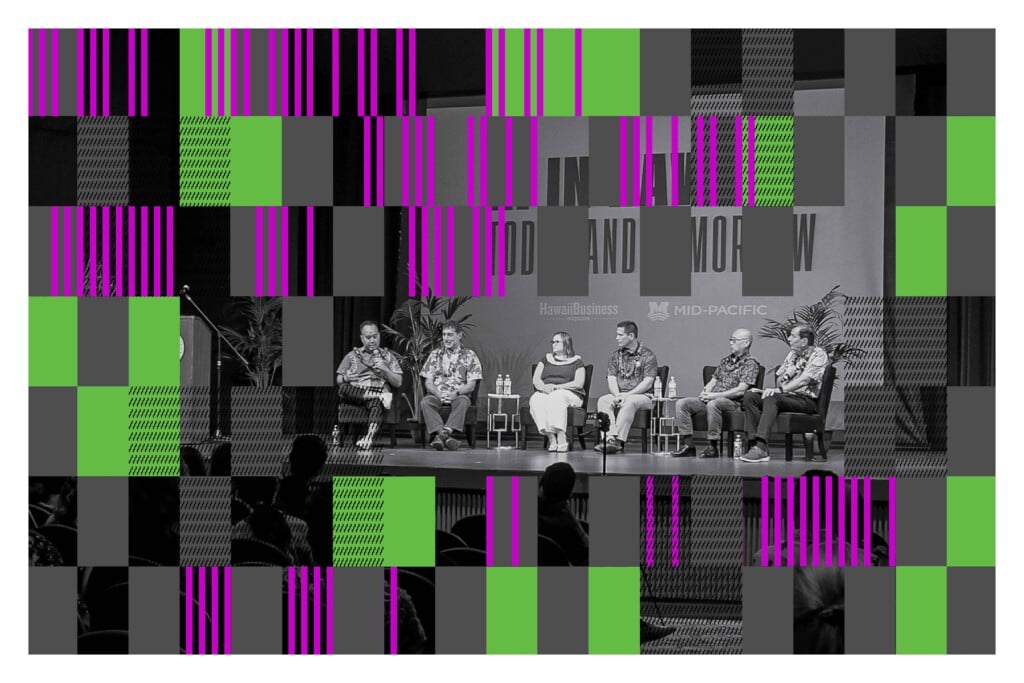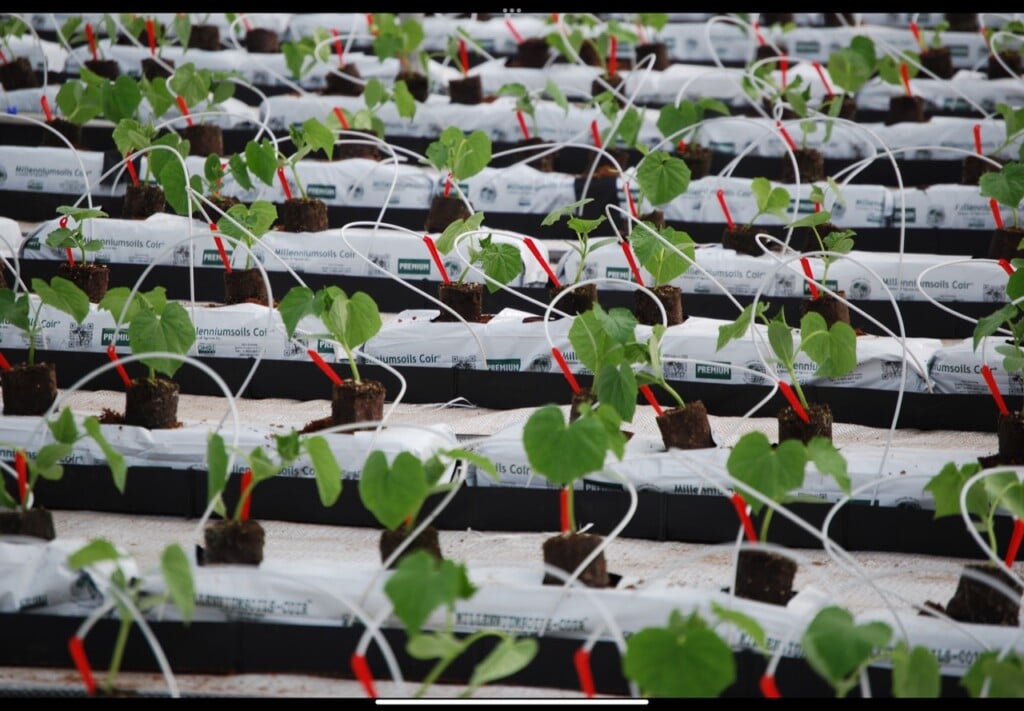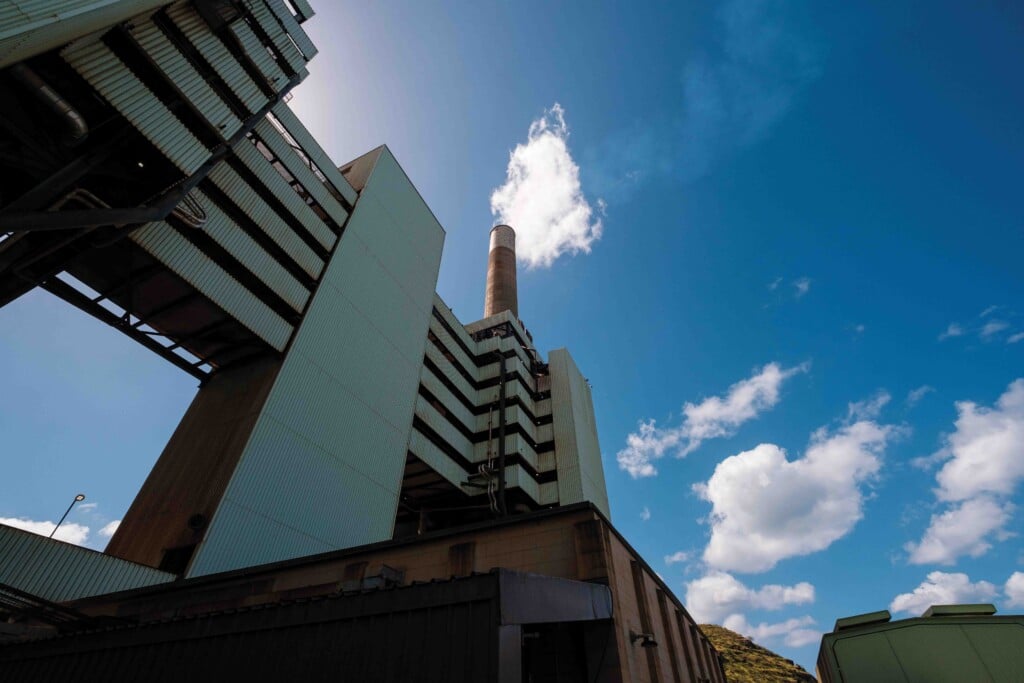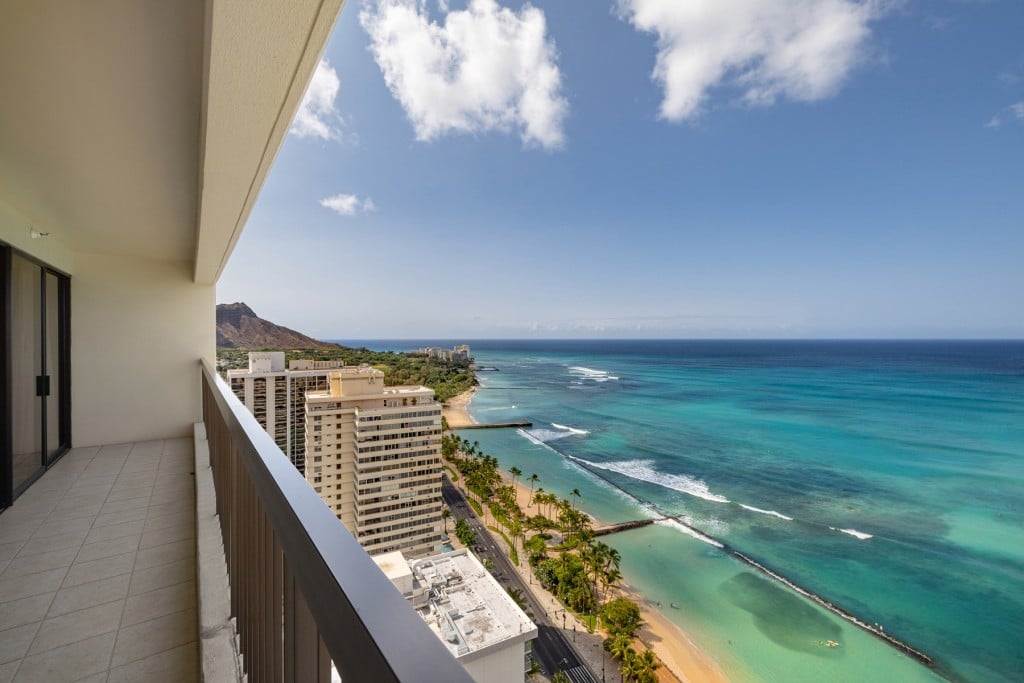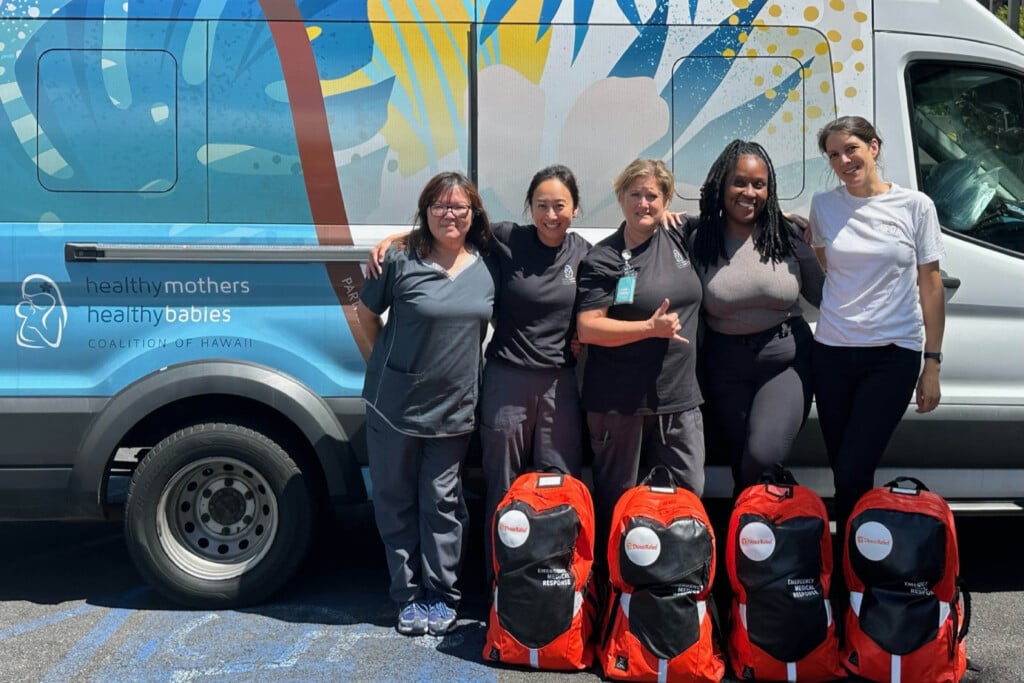New Local Apps Will Help with Contact Tracing
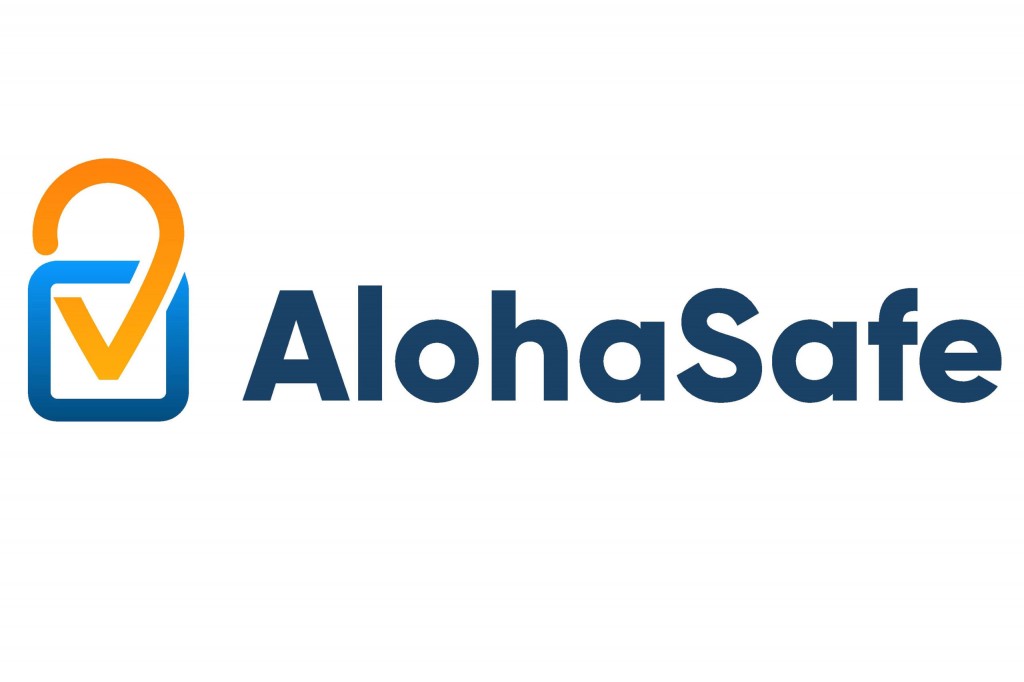
Contact tracing helps fight the spread of COVID-19, but it is time consuming work that has overwhelmed the state Health Department. Two local apps designed to help contact tracers do their job faster and more effectively are in the works to combat this issue.
AlohaSafe Story and AlohaSafe Alert are a pair of free apps that answer the questions, “Where have you been?” and “Who have you been exposed to?” using GPS or Bluetooth technology. If you have either or both apps on your phone and you become infected, you can share your data securely with Hawai‘i’s contact tracers, says Brandon Kurisu, president of aio Digital, an AlohaSafe supporter and a sister company to Hawaii Business Magazine.
“The data is safe and it’s secure. It is important to emphasize that it is only on your device. No one is monitoring it or anything and you are only sharing it if you are confirmed positive,” Kurisu says.
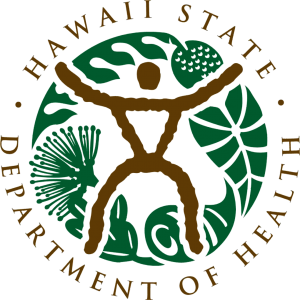 “When you do decide to share, it (the data) is not going to leave the Department of Health.”
“When you do decide to share, it (the data) is not going to leave the Department of Health.”
The AlohaSafe Story app has been submitted to the Android and iPhone app stores and Kurisu says he hopes it will be approved and available for download soon. AlohaSafe Alert will come later.
Contact tracers do their job by interviewing infected people and trying to determine who they caught the virus from and who else they may have infected, but they depend on the sometimes-faulty memory of infected people. AlohaSafe Story, for instance, will serve as a “memory aid” for you while you are being interviewed by a contract tracer by providing an accurate location history.
AlohaSafe Story and AlohaSafe Alert are being built as a partnership between a group of local volunteers called AlohaTrace and the state Department of Health. Supporters of the initiative include the Central Pacific Bank Foundation, Hawaiʻi Executive Collaborative and aio Digital.
AlohaTrace had another collaboration at the start of the pandemic, a website called AlohaTrace, which helped gather information from the community around infection rates. As the pandemic evolved, the group identified the need to make contact tracing more efficient and effective. The AlohaTrace team is creating the AlohaSafe apps to try to meet that need.
AlohaSafe Story
AlohaSafe Story is based on GPS technology: When the app is activated on your phone, it anonymously logs your location every few minutes. You don’t need to do anything once it is downloaded and activated.
“It is kind of like a digital diary,” Kurisu explains. “It is just logging coordinates on your phone using latitude, longitude and time.”
“The data is secure, never leaves your device and is not going to a centralized server. The only way that the data leaves your device is if you choose to share it with a contact tracer.”
Dr. Darragh O’Carroll, an emergency room physician at Kuakini Medical Center and the face of many local COVID-19 initiatives, says Hawai‘i has too few contact tracers and says the AlohaSafe Story app will provide data that will help them do their jobs.
“The technology is less invasive than other common apps such as Google Maps, Apple Maps, Waze, Uber and Lyft,” says O’Carroll. “It never lets your location leave your phone until you OK it, and always does so anonymously.”
AlohaSafe Alert
If you download and activate the second app, AlohaSafe Alert, and you meet or stay close for a time to someone else who has the app, Bluetooth technology senses that proximity and makes a record, Kurisu says.
“Say you and I were in a meeting together, our devices would be talking to each other and exchange little pings,” he says.
“It is not exchanging any confidential information or anything, just little pings that are being recorded on your phone. If I were to be confirmed positive and our interaction meets certain criteria, then you would get an alert on your phone.”
AlohaSafe Alert anonymously records who you have been exposed to through Bluetooth and GAEN (Google Apple Exposure Notification) technology, which is embedded in all Android and iPhone operating systems.
Public health authorities need to obtain a key to activate the GAEN protocol, which is already embedded in the operating systems of most Apple and Android devices. There is only one key available at the state or country level, and the Department of Health is the only entity that can get the key for Hawaii.
With Bluetooth technology there are a few instances when one might get a false alert or false positive. To combat this issue, parameters have been implemented to reduce false alerts such as signal strength and distance/duration of exposure, Kurisu says.
Why Two Apps
Two apps are required because Google and Apple – makers of the Android phone operating system and of iPhones – are adamant that GPS and Bluetooth cannot be combined into a single app as the technologies together would be considered true surveillance, says Kurisu.
The two AlohaSafe apps are based on an open source platform created by PathCheck, a nonprofit out of MIT that is working with nations around the world to combat COVID-19. PathCheck works to create open source software, standards, health programs and insights that its partners need to contain COVID-19 and revitalize economies, says Carter Wilcox, U.S. outreach co-lead for PathCheck.
PathCheck has been collaborating with the AlohaSafe team to create a code specific to Hawaiʻi. When completed, both apps will be free and available for iPhone and Android.
“The AlohaSafe tool will allow our contact tracers to guide the person with COVID-19 through their days before and after they became ill and will give clues as to who may have been exposed,” says Sarah Park, state epidemiologist and chief of Disease Outbreak Control Division at the Hawai‘i Department of Health.
“We hope that people will be more conscious of their day to day activities and know that it is on all of us to help to slow the spread of this virus.”
